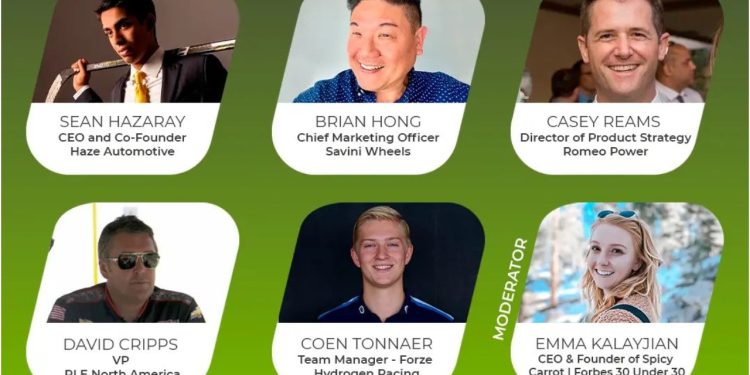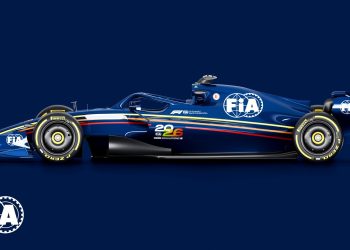The different technologies offered by companies dedicated to the mobility sector are often tested in motorsports to then hit the streets.
This was discussed at the Green Racing Virtual Summit with Sean Hazaray, CEO and Co-Founder of Haze Automotive; Brian Hong, Marketing Director of Savini Wheels; Casey Reams, Product Strategy Director of Romeo Power; David Cripps, Vice President of RLE North America; and Coen Tonnaer, Team Manager of Forze Hydrogen Racing, with Emma Kalayjian as moderator, who serves as Founder of Spicy Carrot.
Four companies and one racing team aim to make their mark in terms of sustainability, contributing their knowledge and information gained through their work structure, which is different from each other with the similarity that they all pursue the same goal.
Behind the Same Goal
Romeo Power is a battery technology company focused on manufacturing and assembling battery packs, which is extremely important for racing and street cars, so Reams says his organization is working on the accessibility to mass production of power packs and energy source models to be offered.
Forze Hydrogen Racing is a team created by students based in the Netherlands to promote hydrogen technology by designing and building a racing vehicle that they claim is the fastest on the planet. Under the aesthetic structure of an LMP2 car, this alternative fuel is the main difference of the work done by them regarding the rest of sports organizations.
The vision of this team is different in comparison with brands and automotive companies, because they are not inclined towards the commercial part but rather on the promotion of a sustainable environment through hydrogen technology, using methods that captivate people’s attention in an exciting way, such as racing.
Savini Wheels works with different industry players in the adoption of electric vehicles, where carbon fiber and magnesium are materials that the company looks at as opportunities to go further in terms of electric vehicle adoption.
“For us, it’s about helping on the distribution side, making sure that something like carbon fiber car wheels are accessible in the marketplace,” Hong says.
RLE North America offers consulting and development services in mobility concepts, where they include the electric vehicle and autonomous driving section. “Our primary message is how we can have a positive impact on the environment that suppresses the negative side, where electric vehicles are a key part of that process for these issues,” Cripps says.
Last but not least, Haze Automotive highlights performance, lightweighting and carbon fiber as key features in a race car, which can provide a wealth of data and information to be replicated in production street cars. “Sustainability is the main reason I work on electric vehicles,” Hazaray concludes.
You can watch the third edition of the Green Racing Virtual Summit, here:
Written by | Ronald Ortega



















